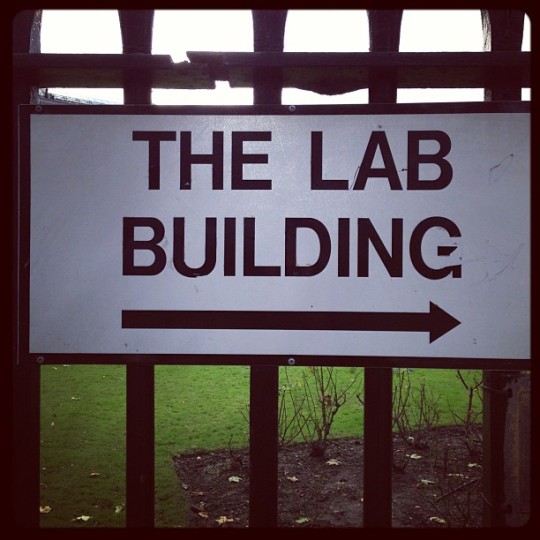anthony galvin
TAGGED: THOUGHTS

Harvesting
Over the last few weeks, dusk has been falling noticeably earlier, and as I’ve been riding home, up to the village, there are lights moving across the fields. Farmers working late to bring in the harvest. Later after I’m home and hosed, the combine harvesters noisily edge past our front door, heading back to the farms on the other side of the village.
Today I spent some time working at the allotment, putting the effort in now for next year, preparing the ground. Sometimes you need to do some prep’ and think of the future. Maybe this is the right time of year for making plans.
2013-09-07 23:51:00 GMT permalink

The marginal gains of innovation.
Innovation in digital advertising.
Innovation in advertising.
Innovation.
How do you create an environment and attitude that allows people to innovate on a daily basis? Is it possible to create a culture of innovation?
There’s an increasing tension pulling at the commercial web. The commercial web being that part of the internet that’s trying to sell you something - even if that something is as intangible as brand or an idea or maybe even an emotion. This commercial web is becoming ever more formulaic and codified. Measured in an analytic sense, but also in a careful way. There’s a pattern to campaigns, to exploiting social media with the big players. Facebook, Google and Twitter drawing more and more users and therefore advertisers into their orbit.
Pulling against that is something that dates from the old web. The web of the 1990s. A culture of the new, the different - embodied by the continued evolution of the semantic web, the constant pushing and poking at the boundaries of the browser by people trying to maximise what can be achieved with JavaScript, HTML(5) and a good idea. Creating the expectation, the necessity, that the web must continue to evolve and innovate. It’s a long time since advertising was just a great 30 second TVC or even a nice and shiny corporate web site, it’s the way you do business, how you answer tweets and how customers feel about you and your product. Everything is marketing.
If you believe this to be true, that innovation is the key to stepping beyond the confines of the formulaic web, and therefore, standing out and being noticed, then how as an organisation do you make this one of your goals. Can you codify innovation? Make it reproducible? Isn’t that just like planning to be spontaneous. For teams involved in creating for the commercial web, innovation can not be something that happens in a vacuum, away from results - the formulaic, measured web has seen to that. This isn’t a story about “being brave enough to fail”. Client success isn’t a nice to have.
We seem to wrestle with this most days at work. I certainly don’t have all that many answers. Yet. But I’ve noticed that the most innovative projects I’m involved in have thse ingredients.
1. Be a team
Not just a group of people who happen to be free at the same time and who the resource manager and producer have cobbled together. That might be how the team gets selected, but it needs to evolve quickly into a genuine team.
2. Iterate
The big idea is great. Someone probably needs to have one at some point in the process, but that’s really just a beginning. Innovation isn’t the eureka moment. Or rather it’s not one big eureka moment, but normally hundreds of tiny innovations, back to back to back. Build something, make it better, change it, test it. Improve it. Some of the most innovative projects I’ve worked on recently haven’t really worked all that well right up until the last minute. There’s no such thing as getting it right - it’s a case of keep making it a little less wrong.
3. Be open to the marginal gains of innovation
There are opportunities to innovate across a whole spectrum of disciplines. The most effective innovation might come from the way you change the hosting, deploy your code, manage your daily scrum or prototype the user interactions. Nobody knows where this is going to come from, but it’s important to recognise any opportunity for innovation and grab it.
2013-01-19 00:44:17 GMT permalink





